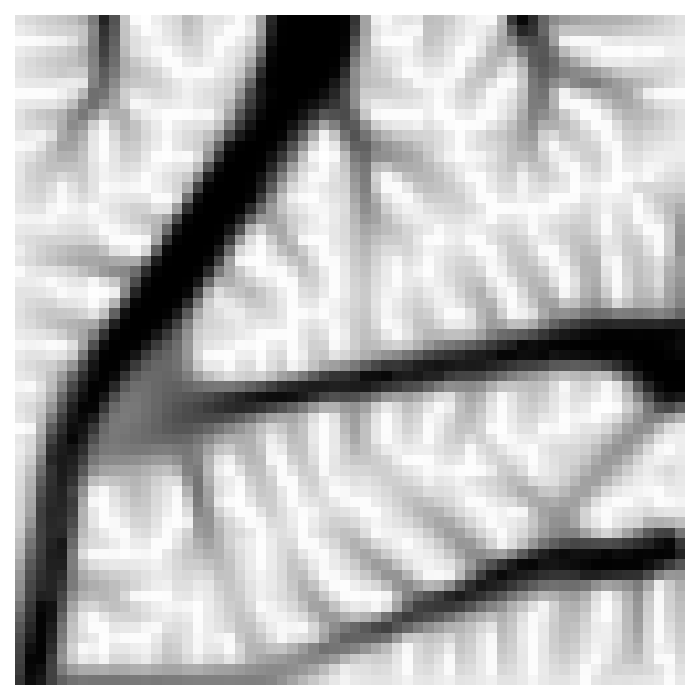Thermoelastic2D#

Version |
0 |
Design space |
|
Objectives |
structural_compliance: ↓ thermal_compliance: ↓ volume_fraction: ↓ |
Conditions |
fixed_elements: <dataclasses._MISSING_TYPE object at 0x7f7f70783310> force_elements_x: <dataclasses._MISSING_TYPE object at 0x7f7f70783310> force_elements_y: <dataclasses._MISSING_TYPE object at 0x7f7f70783310> heatsink_elements: <dataclasses._MISSING_TYPE object at 0x7f7f70783310> volfrac: 0.3 rmin: 1.1 weight: 0.5 |
Dataset |
|
Import |
|
Truss 2D integer optimization problem.
Problem Description#
This is 2D topology optimization problem for minimizing weakly coupled thermo-elastic compliance subject to boundary conditions and a volume fraction constraint.
Motivation#
As articulated in their respective sections, both the Beams2D and HeatConduction2D problems found in the EngiBench library are fundamental engineering design problems that have historically served as benchmarks for the development and testing of optimization methods. While their relevance is supported by needs in real engineering design scenarios (aerospace, automotive, consumer electronics, etc…), their mono-domain nature ignores the reality that coupling between domains exists, and should be accounted for in scenarios where performance in one domain significantly impacts performance in another. To address this distinction, a multi-physics topology optimization problem is developed that captures the coupling between structural and thermal domains.
Design space#
This multi-physics topology optimization problem is governed by linear elasticity and steady-state heat conduction with a one-way coupling from the thermal domain to the elastic domain. The problem is defined over a square 2D domain, where load elements and support elements are placed along the boundary to define a unique elastic condition. Similarly, heatsink elements are placed along the boundary to define a unique thermal condition. The design space is then defined by a 2D array representing density values (parameterized by DesignSpace = [0,1]^{nelx x nely}, where nelx and nely denote the x and y dimensions).
Objectives#
The objective of this problem is to minimize total compliance C under a volume fraction constraint V by placing a thermally conductive material. Total compliance is defined as the sum of thermal compliance and structural compliance.
Conditions#
Problem conditions are defined by creating a python dict with the following info:
fixed_elements: Encodes a binary NxN matrix of the structurally fixed elements in the domain.force_elements_x: Encodes a binary NxN matrix specifying elements that have a structural load in the x-direction.force_elements_y: Encodes a binary NxN matrix specifying elements that have a structural load in the y-direction.heatsink_elements: Encodes a binary NxN matrix specifying elements that have a heat sink.volfrac: Encodes the target volume fraction for the volume fraction constraint.rmin: Encodes the filter size used in the optimization routine.weight: Allows one to control which objective is optimized for. 1.0 Is pure structural optimization, while 0.0 is pure thermal optimization.
Simulator#
The simulation code is based on a Python adaptation of the popular 88-line topology optimization code, modified to handle the thermal domain in addition to thermal-elastic coupling. Optimization is conducted by reformulating the integer optimization problem as a continuous one (leveraging a SIMP approach), where a density filtering approach is used to prevent checkerboard-like artifacts. The optimization process itself operates by calculating the sensitivities of the design variables with respect to total compliance (done efficiently using the Adjoint method), calculating the sensitivities of the design variables with respect to the constraint value, and then updating the design variables by solving a convex-linear subproblem and taking a small step (using the method of moving asymptotes). The optimization loop terminates when either an upper bound of the number of iterations has been reached or if the magnitude of the gradient update is below some threshold.
Dataset#
The dataset linked to this problem is on huggingface Hugging Face Datasets Hub. This dataset contains a set of 1000 optimized thermoelastic designs in a 64x64 domain, where each design is optimized for a unique set of conditions. Each datapoint’s conditions are randomly generated by arbitrarily placing: a single loaded element along the bottom boundary, two fixed elements (fixed in both the x and y direction) along the left and top boundary, and heatsink elements along the right boundary. Furthermore, values for the volume fraction constraint are randomly selected in the range \([0.2, 0.5]\).
Relevant datapoint fields include:
optimal_design: An optimized design for the set of boundary conditionsstrain: The strain field for the initial uniform designvm_stress: The von Mises stress field for the initial uniform designfixed_elements: Encodes a binary NxN matrix of the structurally fixed elements in the domain.force_elements_x: Encodes a binary NxN matrix specifying elements that have a structural load in the x-direction.force_elements_y: Encodes a binary NxN matrix specifying elements that have a structural load in the y-direction.heatsink_elements: Encodes a binary NxN matrix specifying elements that have a heat sink.volume_fraction: The volume fraction value of the optimized designstructural_compliance: The structural compliance of the optimized designthermal_compliance: The thermal compliance of the optimized designnelx: The number of elements in the x-directionnely: The number of elements in the y-directionvolfrac: The volume fraction target of the optimized designrmin: The filter size used in the optimization routineweight: The domain weighting used in the optimization routine
Lead#
Gabriel Apaza @gapaza
